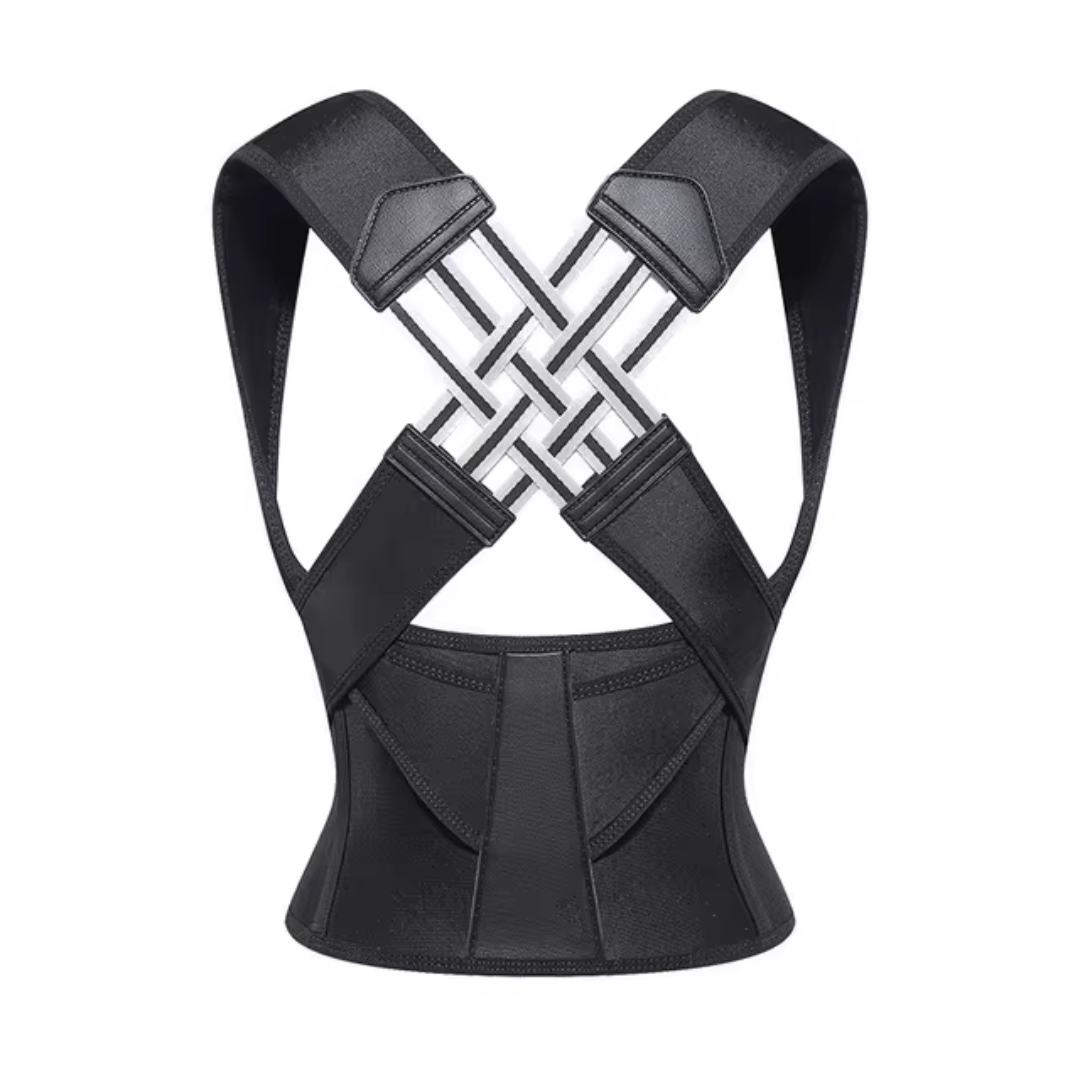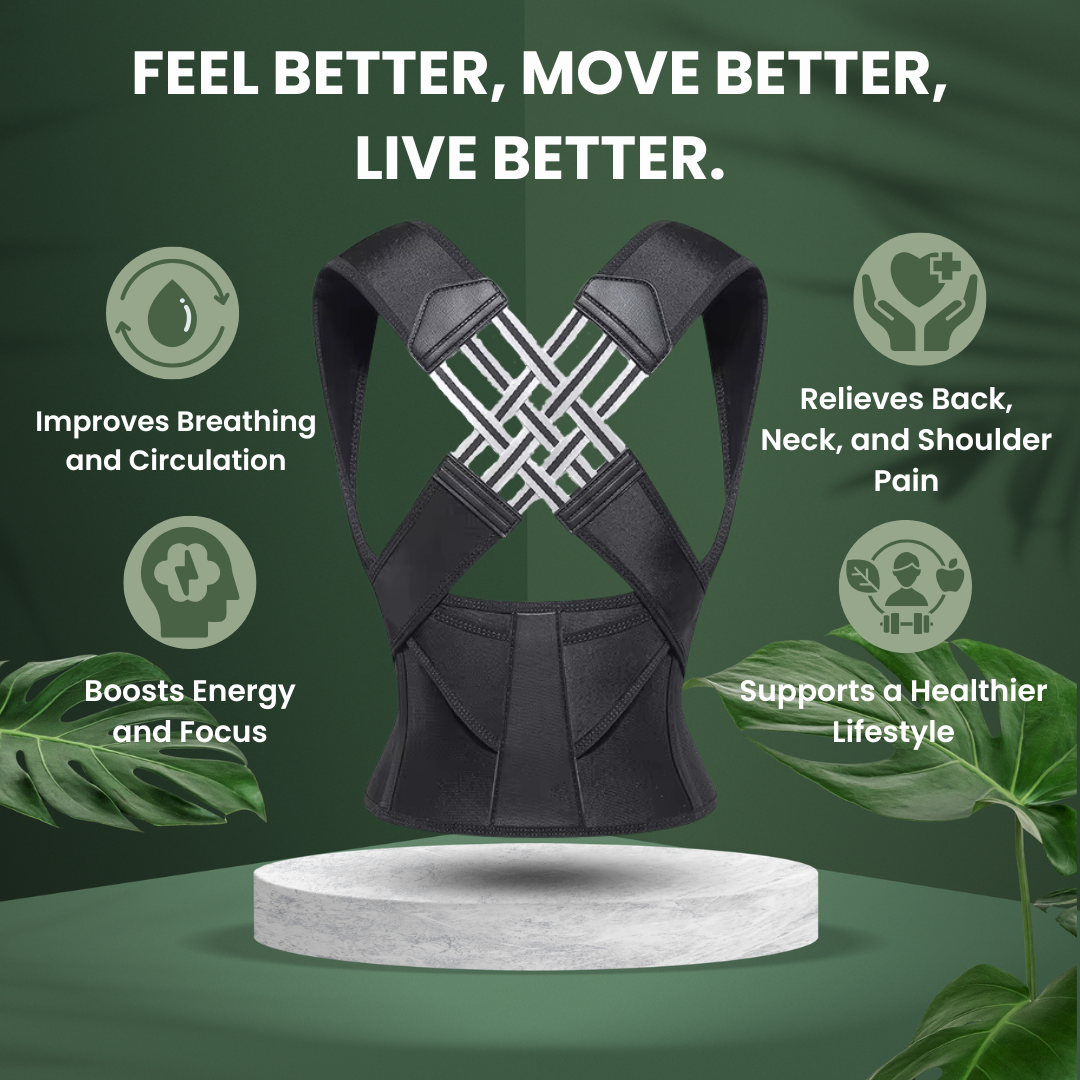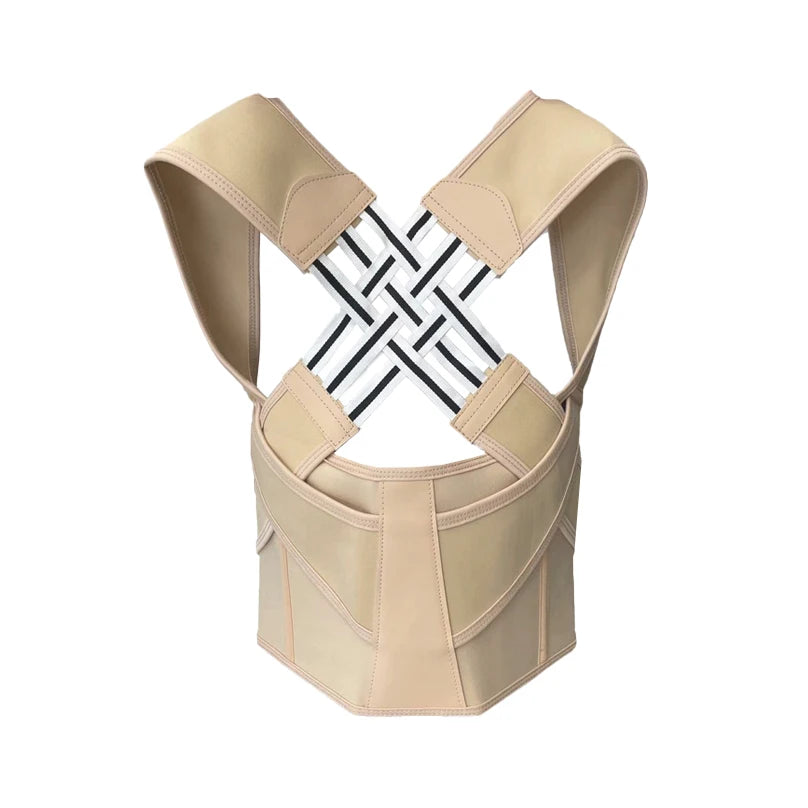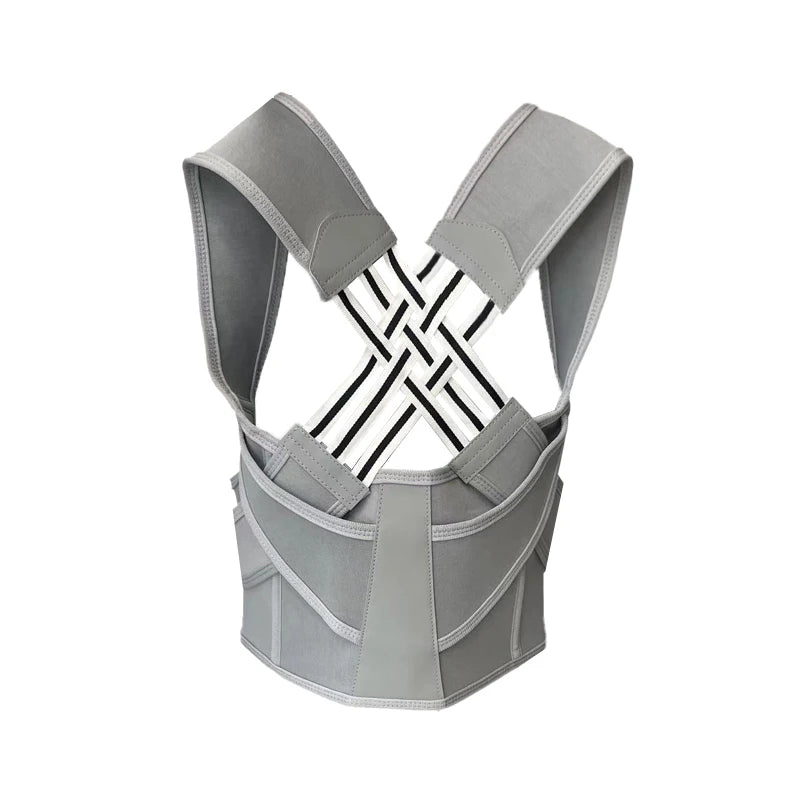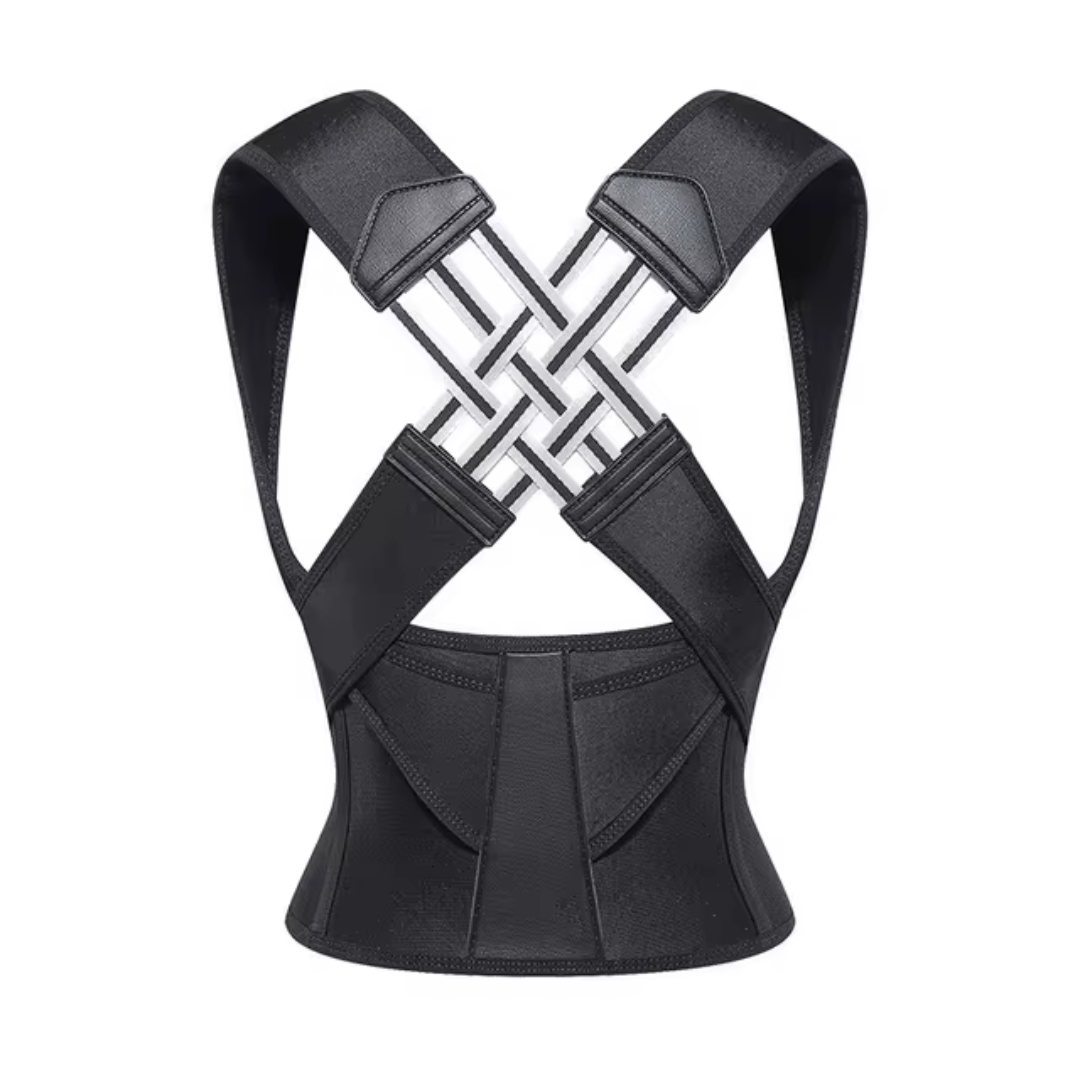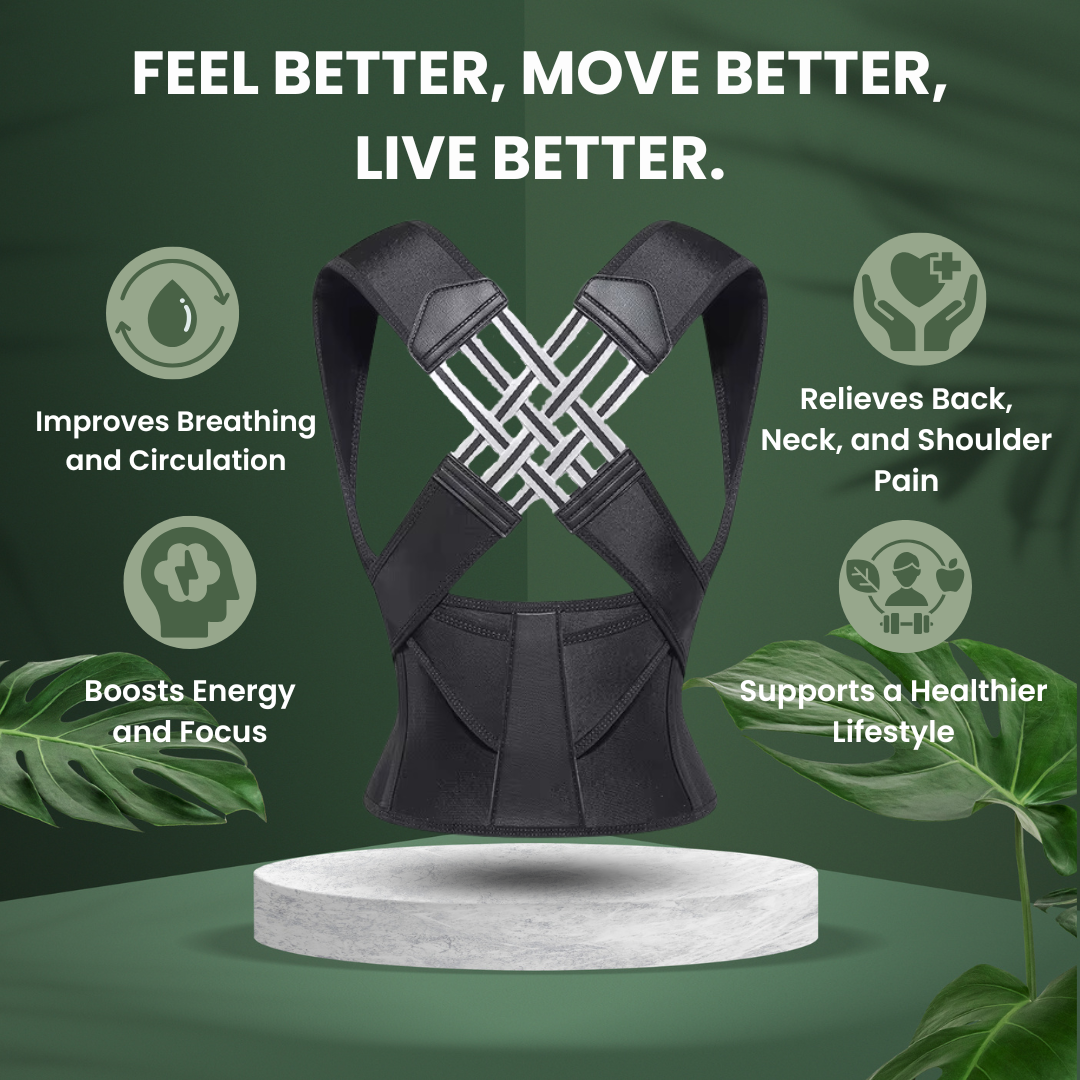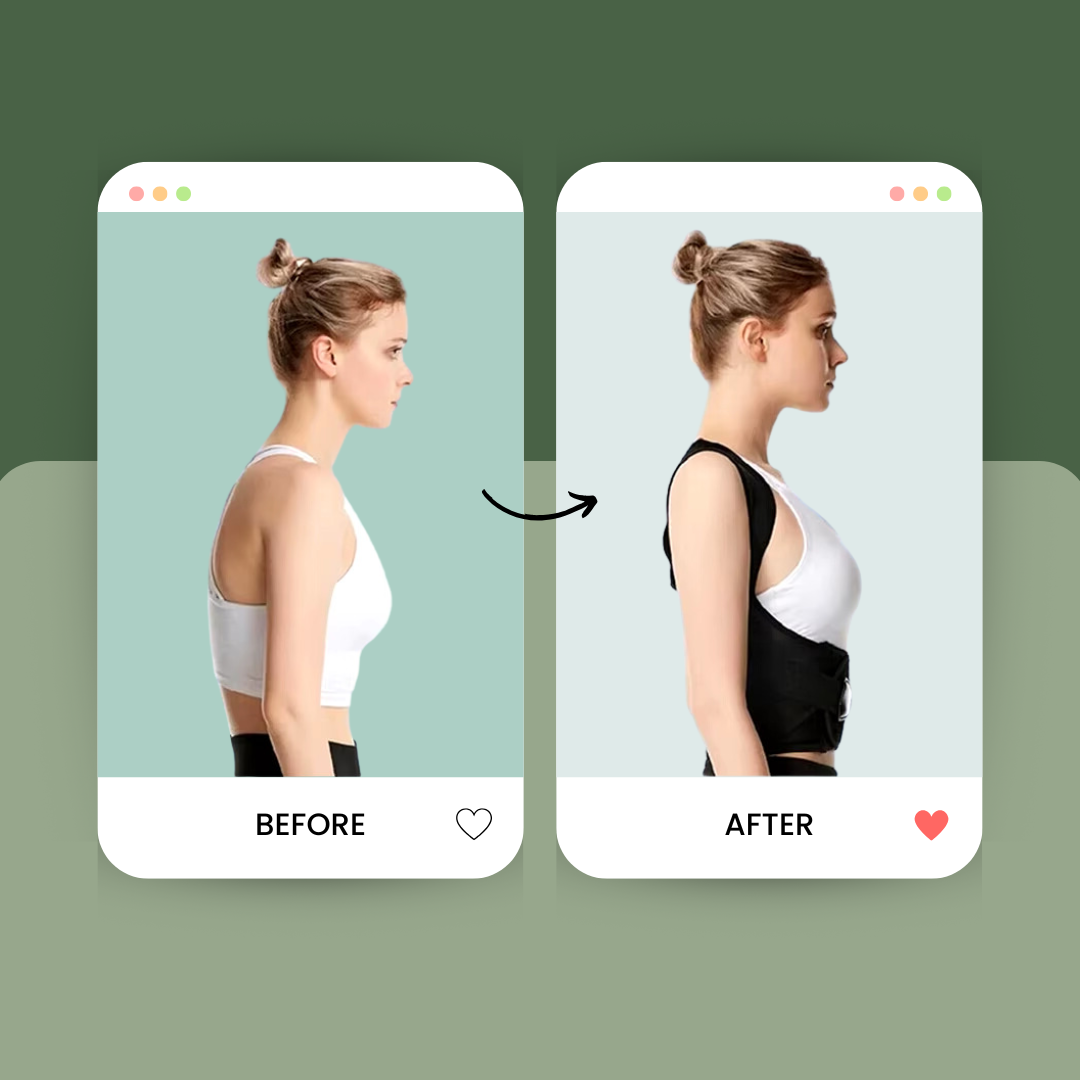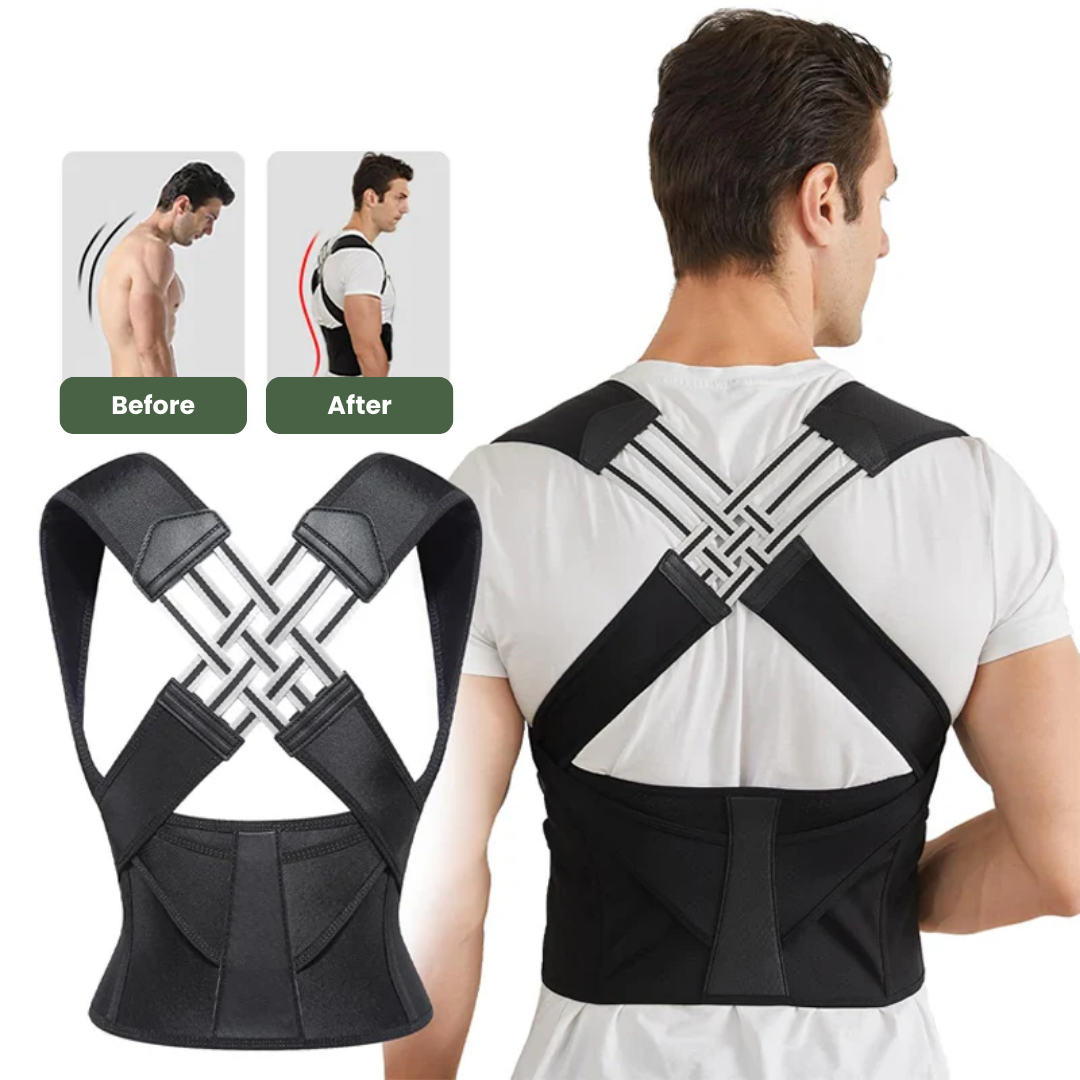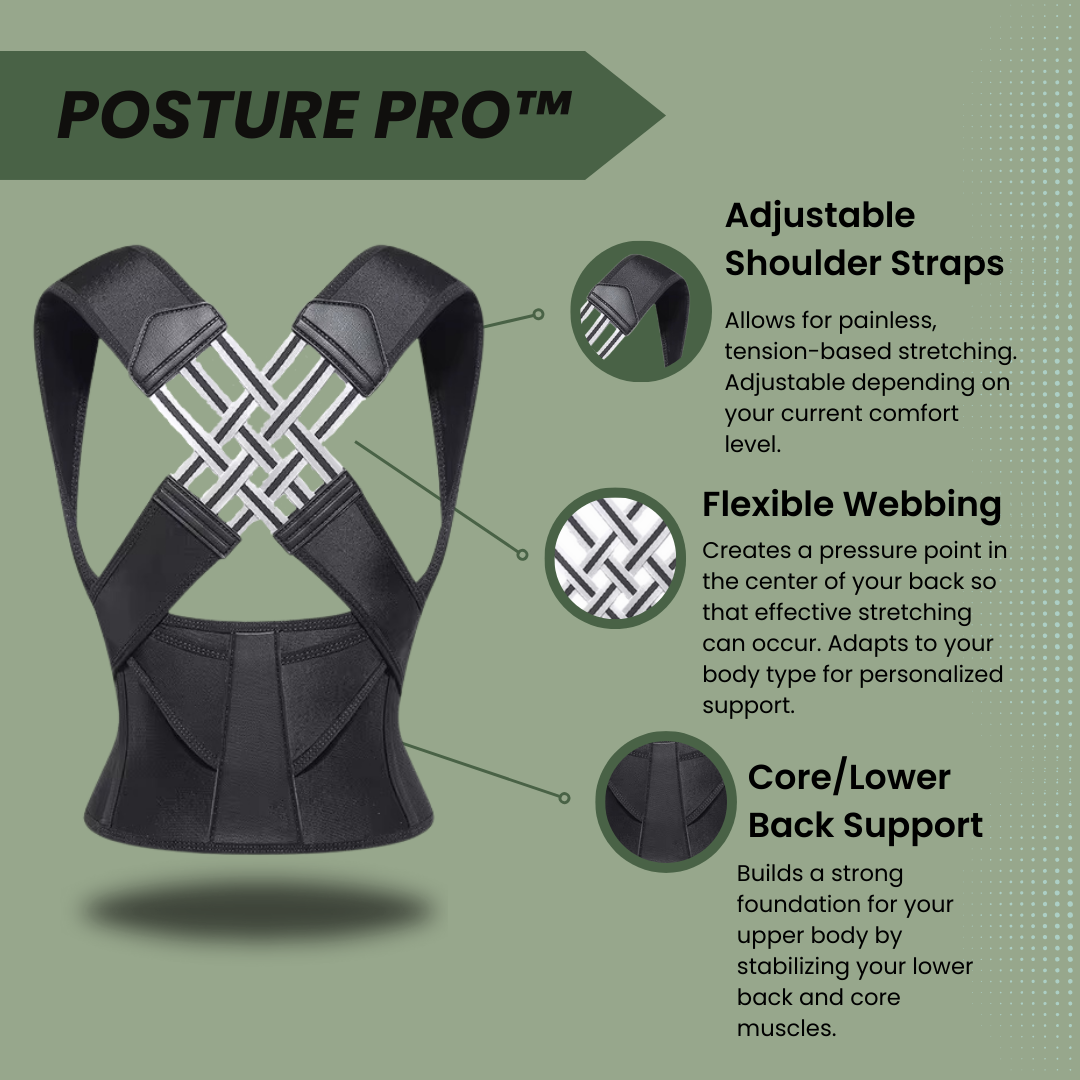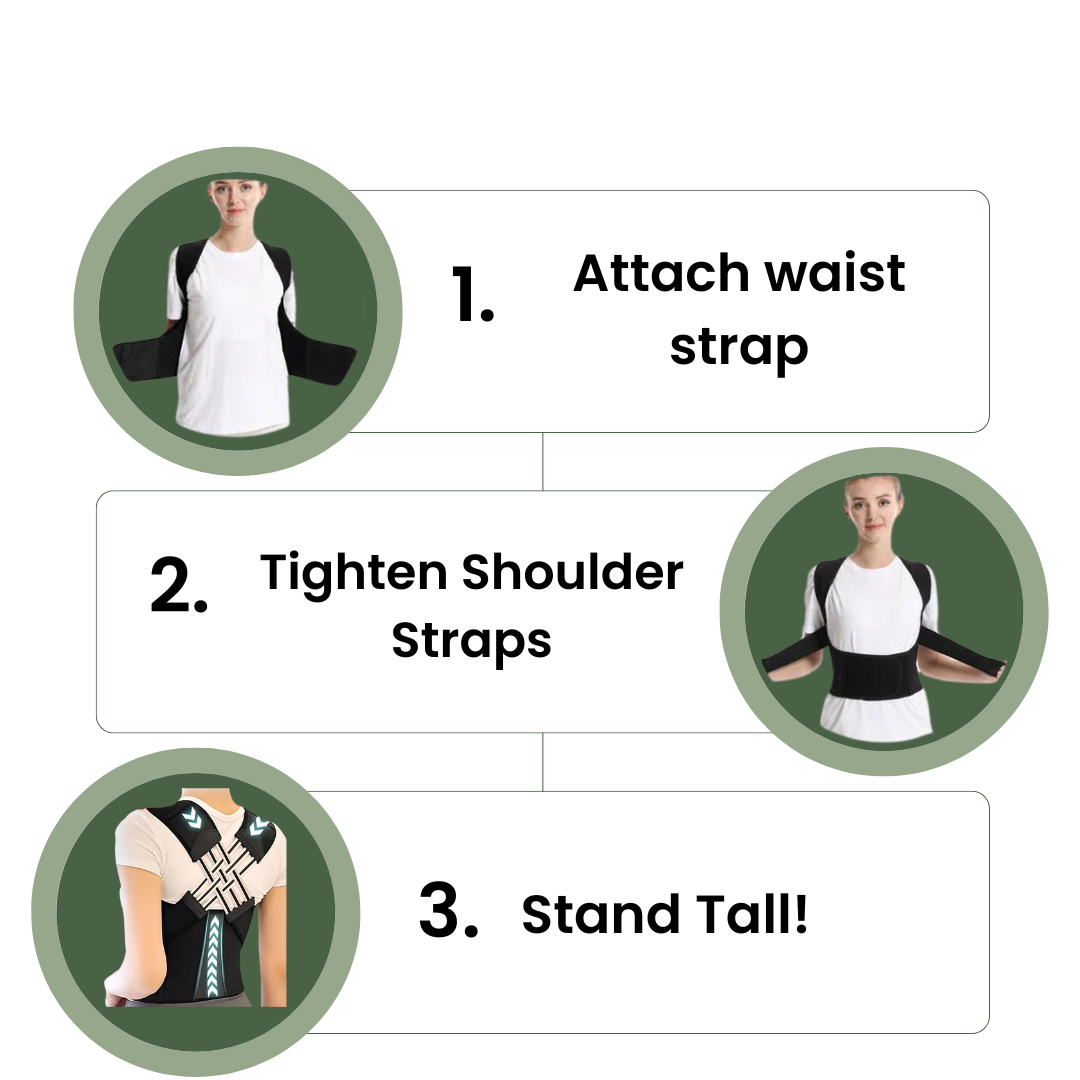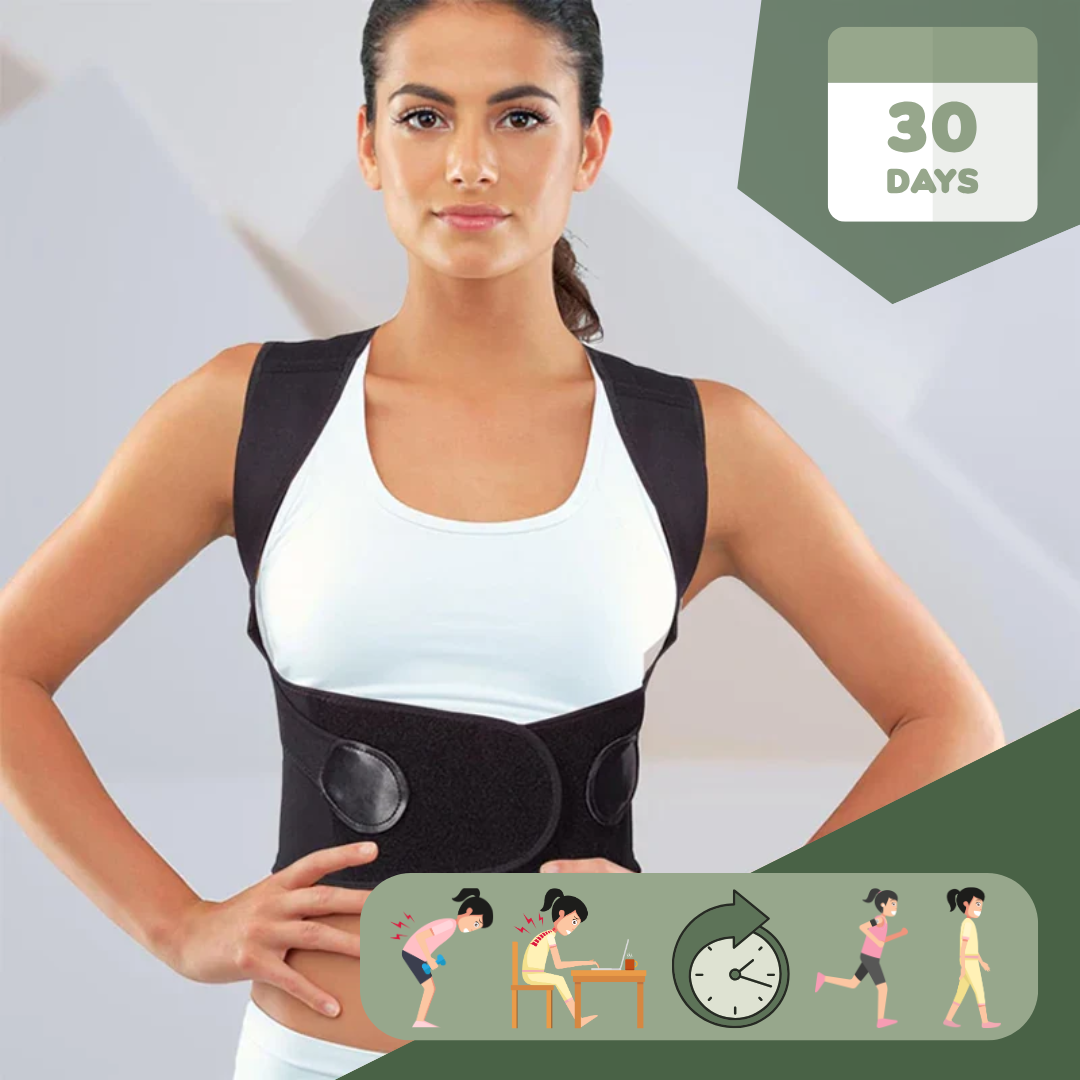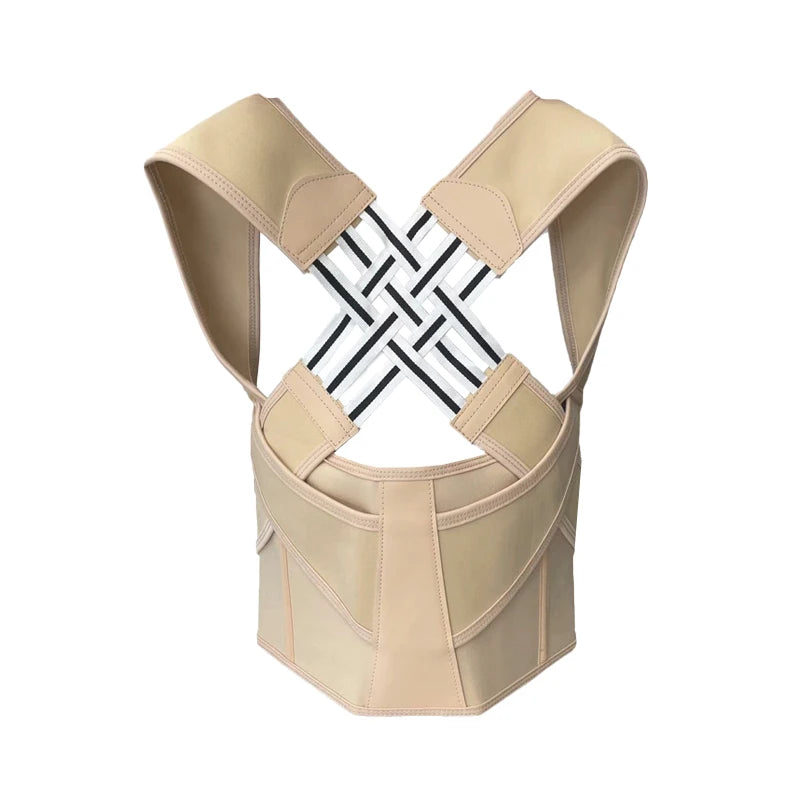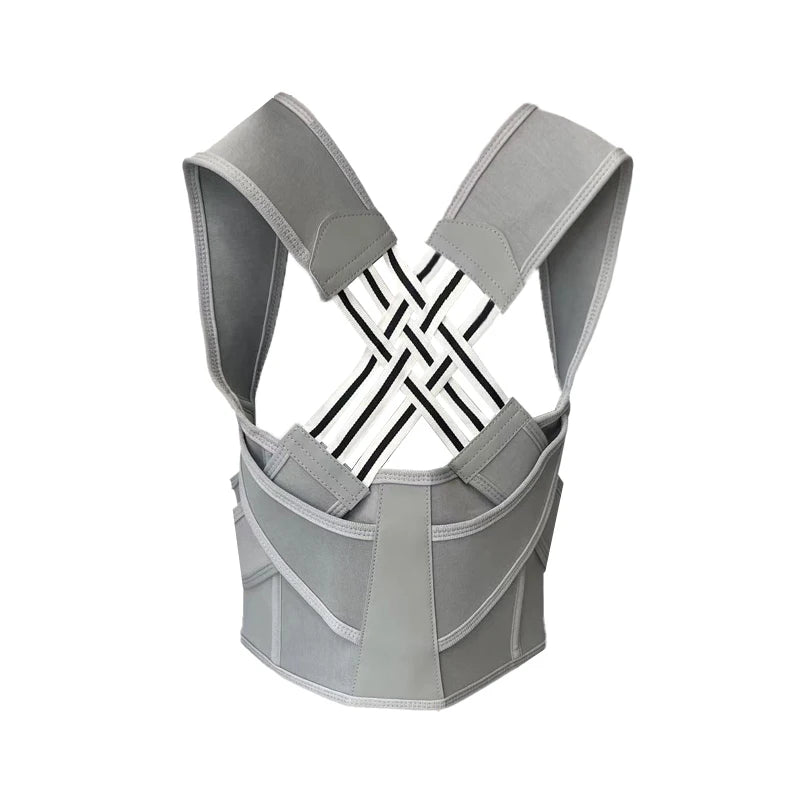Many people struggle to touch their toes. Flexibility training is key for overall health. This guide gives easy flexibility exercises for beginners. Start stretching today!
Key Takeaways
- Flexibility training improves joint movement and reduces pain. Stretch 2-4 days per week to see benefits.
- Key exercises include standing calf stretch, knee-to-chest stretch, quadriceps stretch, hip flexor stretch, chest stretch, and hamstring stretch. These enhance mobility and decrease injury risk.
- Warm-up before stretching to prepare muscles. This makes them less likely to get hurt.
- Listening to your body is crucial when stretching. Avoid pushing into painful stretches to prevent injuries.
- Incorporating simple stretches into daily routines boosts overall physical performance and quality of life without needing special equipment.
Understanding Flexibility and its Benefits for Beginners
Flexibility plays a vital role in a well-rounded workout routine. It helps joints and surrounding muscles move easily through specific ranges of motion. Beginners can greatly benefit from flexibility training, as it reduces joint pain and improves the quality of life.
Regular stretching enhances overall physical performance and lowers the risk of injuries.
For beginners, aiming for at least 2-4 days of stretching each week will lead to noticeable gains in flexibility. Simple stretches warm up muscles, making them more pliable and less prone to injury.
Including a basic stretching routine into your exercise plan can significantly enhance mobility during workouts or daily activities.
Essential Flexibility Exercises for Beginners

Flexibility exercises play a crucial role in improving overall mobility and comfort. Beginners can easily incorporate these stretches into their daily routine for lasting benefits.
Standing calf stretch
The standing calf stretch targets the muscles at the back of your lower legs. Begin by standing with one foot in front of the other, keeping your back leg straight and heel on the ground.
Lean forward slightly until you feel a gentle pull in your calf. Hold this position for 15 to 30 seconds, then switch legs. This exercise improves joint flexibility and enhances range of motion.
Incorporating stretching exercises into your routine can benefit beginners greatly. Stretching helps warm up muscles, making them more pliable and less prone to injury. Perform this simple flexibility workout two to four times a week for best results.
You can easily do this basic stretching exercise at home or anywhere you have space. Regular practice will boost your overall physical performance and reduce discomfort during activities.
Knee-to-chest stretch
Knee-to-chest stretch is a simple and effective flexibility exercise for beginners. This stretch improves the range of motion in your hips and lower back. To perform it, lie on your back with your legs extended.
Gently pull one knee toward your chest while keeping the other leg flat on the floor. Hold this position for 15 to 30 seconds, then switch legs.
Incorporating this exercise into your routine can enhance joint flexibility and reduce discomfort in those areas. Aim to practice stretches like these at least two to four times per week for noticeable improvements in flexibility.
Stretching safely warms up muscles, making them more flexible and less prone to injuries during activities or workouts.
Quadriceps stretch
The quadriceps stretch targets the large muscles in the front of your thigh. This exercise improves flexibility and enhances your range of motion. It helps warm up the legs, making them more pliable and less prone to injuries.
Performing this stretch regularly benefits beginners by increasing joint flexibility.
To execute the quadriceps stretch, stand upright and hold onto a wall or chair for balance. Bend one knee and bring your heel toward your glutes. Grasp your ankle with one hand while keeping your knees close together.
Hold this position for 15 to 30 seconds before switching sides. Stretching exercises for beginners like this can significantly enhance physical performance over time.
Hip flexor stretch
The hip flexor stretch targets the muscles at the front of your hips. This exercise helps improve flexibility and range of motion in these critical areas. Stretching warms the muscles, making them more pliant.
This process reduces injury risk during activities like running or jumping.
Incorporate this stretch into your routine at least 2-4 days a week for noticeable results. The hip flexors play a significant role in daily movements and physical performance. A simple technique involves kneeling on one knee while pushing your hips forward gently.
You can perform this essential flexibility exercise for beginners at home with ease.
Chest stretch
The chest stretch helps improve flexibility and range of motion. This exercise targets the chest muscles, allowing them to lengthen and relax. Regular stretching enhances your quality of life and reduces joint pain.
Performing this stretch can also warm up your muscles, making them more pliant and less prone to injuries.
To do a chest stretch, stand tall with your feet shoulder-width apart. Clasp your hands behind your back and gently pull upward while keeping your arms straight. Hold this position for 15 to 30 seconds.
Aim to incorporate this essential stretching exercise into your routine at least 2-4 days a week for the best results in improving flexibility as a beginner.
Hamstring stretch
The hamstring stretch targets the muscles at the back of your thigh. This exercise improves flexibility and reduces tightness. Tight hamstrings can lead to discomfort in daily activities and workouts.
Regular stretching enhances your range of motion and supports overall physical performance.
To perform this stretch, sit on the floor with one leg extended straight in front of you. Bend the other knee and bring that foot toward your inner thigh. Reach toward the toes of the extended leg while keeping your back straight.
Hold for 15-30 seconds, then switch legs. Including this basic stretching exercise in your routine will help prevent injuries during activities like running or jumping. Aim to do these stretches 2-4 days a week for noticeable results in flexibility.
How to Incorporate Stretching into Your Routine
To incorporate stretching into your routine, set aside a few minutes each day to practice your stretches. Establish a regular time that works for you, like after waking up or before bed.
Consistency will help build your flexibility over time. Choose easy stretches to start with so you feel comfortable and motivated. Try using videos online for guidance on beginner-friendly techniques.
Stretching safely
Stretching safely is crucial for all beginners. Start each session with a gentle warm-up. This prepares your muscles for movement. Focus on basic stretching exercises to enhance flexibility and avoid injuries.
Stretch at least 2-4 days a week to notice improvements in your range of motion.
Pay attention to how your body feels during stretches. Do not push into pain, as this can lead to injury. Instead, ease into each stretch and hold it for 15-30 seconds. Incorporating these simple flexibility workouts into your routine will help you build strength and improve joint flexibility over time.
How often to stretch as a beginner
Beginners should stretch at least 2 to 4 days a week. This frequency helps improve flexibility and enhances joint mobility. Each session can include basic stretching techniques for beginners, focusing on major muscle groups.
Over time, regular stretching warms the muscles and makes them more pliable. Such practice reduces the risk of injuries during workouts.
Incorporating flexibility exercises for beginners into your routine is crucial. Simple flexibility workouts for novices can easily fit into daily activities. Designate a few minutes each day to perform essential stretch movements.
Doing this consistently yields noticeable changes in your range of motion and overall physical performance.
Everyday stretches to do
Incorporating everyday stretches into your routine is simple and effective. You can start with basic movements like the standing calf stretch or hamstring stretch. These stretches improve flexibility and increase your range of motion.
They also reduce joint pain and make muscles more pliant.
Try to stretch at least 2-4 days a week for noticeable results. Doing these flexibility exercises for beginners at home requires no special equipment, making them accessible anytime.
Aim for a daily stretching routine that includes knee-to-chest stretches or hip flexor stretches to enhance mobility and physical performance effectively.
Precautions to take when stretching
Stretching safely is crucial for all beginners. Avoid forcing any stretch beyond your comfort level. Listen to your bodyand stop if you feel pain. Regular stretching can enhance the quality of life and reduce joint pain, but only when done correctly.
Aim to stretch at least 2-4 days per week for noticeable results. Warm up before starting your routine to make muscles more pliant and less prone to injury. Focus on essential flexibility exercises for beginners like calf stretches or knee-to-chest stretches.
These steps can help improve range of motion while keeping you safe from injuries during flexibility training.
Conclusion
Essential flexibility exercises are vital for everyone, especially beginners. These movements boost your range of motionand reduce the risk of injuries. Practicing regularly will make a noticeable difference in your overall flexibility.
Add stretching to your routine to enhance physical performance and improve daily life. Start today and enjoy the benefits that come with being more flexible!
FAQs
1. What are some essential flexibility exercises for beginners?
Essential flexibility exercises for beginners include beginner stretches, range of motion exercises, and joint flexibility routines. These workouts can be found in comprehensive guides or even on YouTube.
2. Why should athletes consider stretching for beginners?
Even athletes can benefit from a beginner-friendly flexibility routine. It helps improve their range of motion and foundational mobility techniques which is crucial to their performance.
3. Are there specific flexibility drills suitable for different age groups like young athletes or seniors?
Yes, there are tailored basic flexibility movements available for various age groups such as young athletes and seniors that focus on introductory flexibility routines and easy training respectively.
4. Can I do quick stretching exercises at home?
Absolutely! There are many quick stretching exercises you could incorporate into your daily routine at home, making it easier to maintain regular exercise habits.
5. How often should a novice engage in primary flexibility drills?
It's recommended that novices practice essential stretching exercises regularly as part of an established routine to achieve the best results over time.


